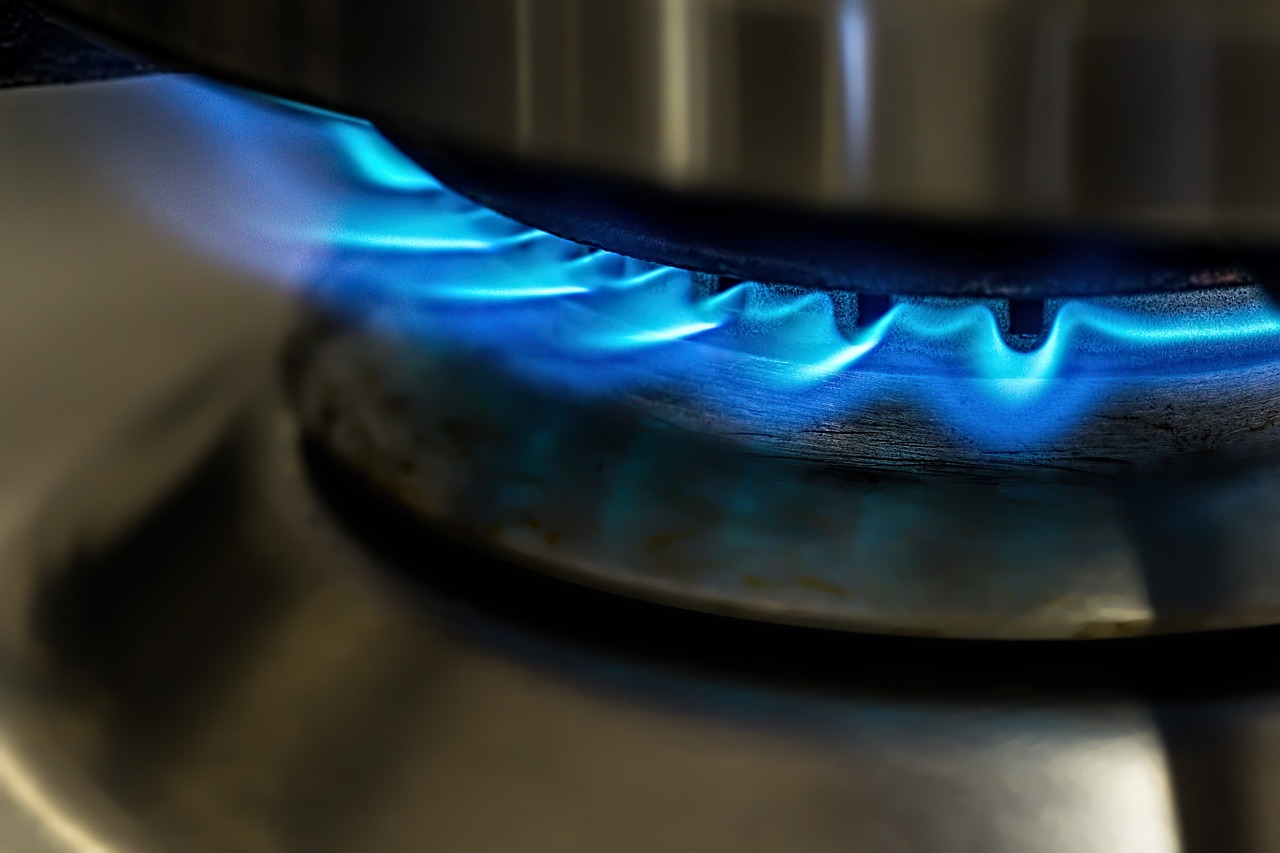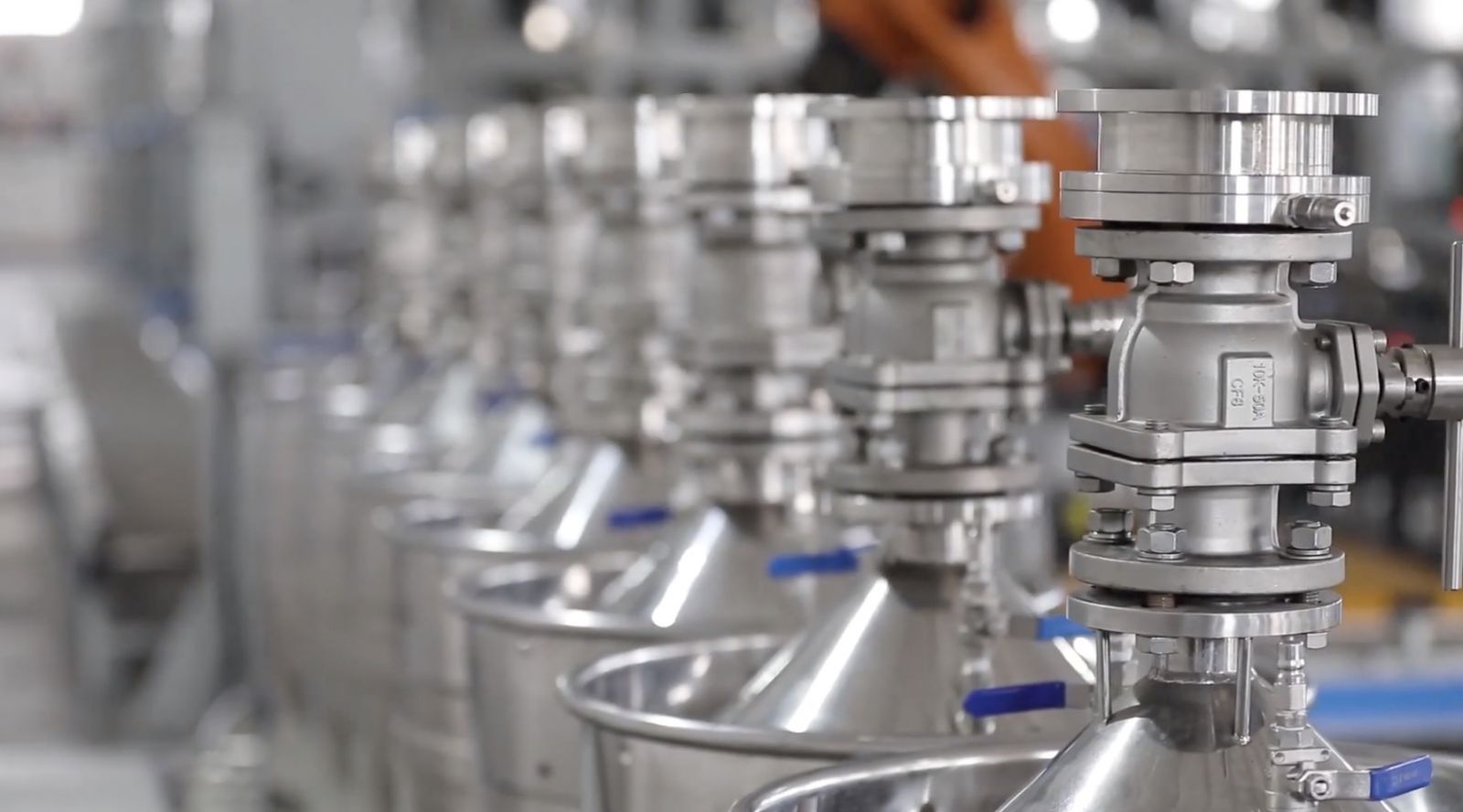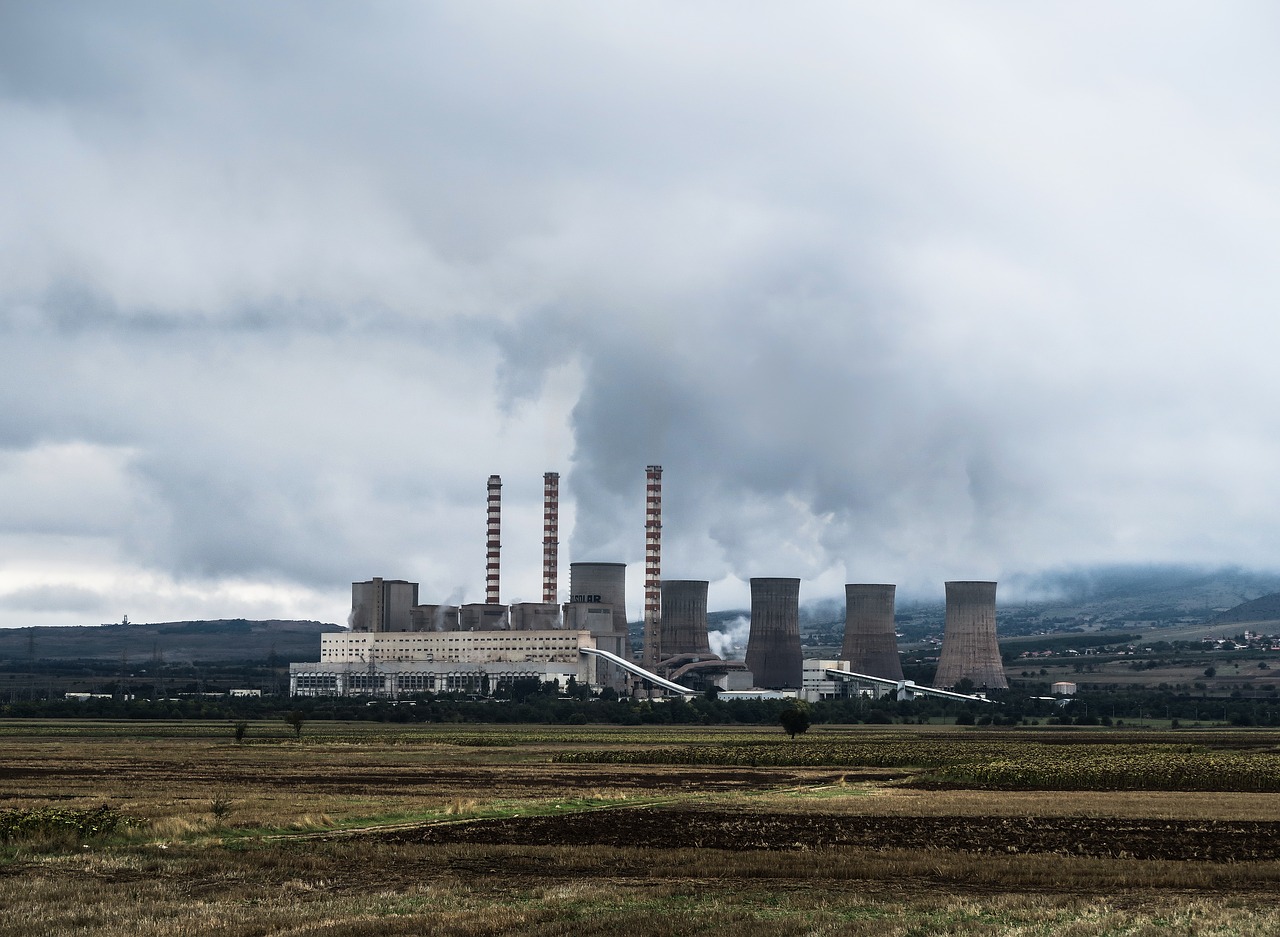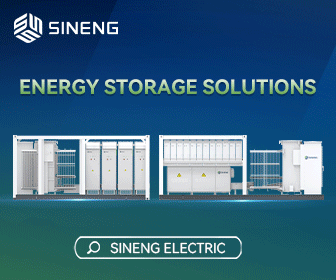How Batteries Will Drive RE Peaker Plants
 Many people are unaware of the massive fluctuations in power grids all over the country. There is a spike in power demand when people around a city wake up each morning - we begin to turn on lights, TVs, showers, and many more household electrical items. The spike is even greater in the evenings, when everyone gets off work, comes home, and proceeds to cook dinner, wash clothes, and do all the other things we do when we get home from a long day.
Many people are unaware of the massive fluctuations in power grids all over the country. There is a spike in power demand when people around a city wake up each morning - we begin to turn on lights, TVs, showers, and many more household electrical items. The spike is even greater in the evenings, when everyone gets off work, comes home, and proceeds to cook dinner, wash clothes, and do all the other things we do when we get home from a long day.
Enter the fossil fuel peaker plant. Designed to ramp up electricity production during periods when normal production isn't sufficient, peaker plants are used by utilities as a means of covering the gap between the grid needs and the available electricity supply. Peaker plants have long been the reliable backstop across the country, when the grid's baseload capacity (or minimum energy demand) is exceeded. Peak energy use is not always predictable or certain, and utilities need to constantly be prepared for increased and short-term energy strains on the grid. Battery Energy Storage Systems can act as both a replacement for fossil fuel peaker plants, as well as standalone energy storage systems charged by excess energy from grid resources like wind, solar, or traditional power generation facilities.
With the advent of new energy storage solutions and advancement of battery technology, the need for traditional fossil fuel peaker plants is rapidly diminishing. This has not gone unnoticed by utilities and legislators. Renewable energy sources, including wind and solar + battery storage technologies, are now able to bring a higher degree of certainty and reliability to peaker plants, ensuring that clean energy can and will be available during peak usage times.
The challenge with renewables and peaker plants
Peaker plants are unique in that they do not have to continuously generate energy to meet the grid's everyday demand. However, they do need to be constantly available for when baseload capacity is met and demand spikes. This can occur as frequently as every evening when people return home, or as sporadically as when a heat wave occurs and everyone blasts their air conditioners for days at a time.
Peaker plants have traditionally relied upon gas, diesel, or other fossil fuels, as they've granted utilities far more control and certainty over the energy generation process. For example, when a utility needs to generate additional energy to power the grid, they simply burn more natural gas to meet that demand.
Compared to gas resources, renewable energy sources like wind and solar are unpredictable; they lack the ability to deliver continuous, reliable power during peak demands. This unreliability has made it difficult for utilities to accept and incorporate renewable energy into their integrated resource planning efforts. Fortunately, new advancements in energy storage are rapidly breaking down those barriers.
 Energy storage solutions enhance renewable reliability
Energy storage solutions enhance renewable reliability
Battery storage is becoming increasingly competitive with coal and gas energy generation, from both a cost and reliability standpoint. Since 2012, the cost of electricity from batteries has decreased 76 percent; the cost for standalone systems now averages about $209 per kilowatt hour (kWh). The cost of utilizing a state-of-the-art energy storage system, with the additional benefit of zero emissions, is extremely competitive compared to running a fossil fuel peaker plant. Despite the infrequent and short runtimes, fossil fuel peaker plants are incredibly expensive to run and maintain, costing even more than baseload power plants. For example, residents in New York City are spending over $268 million annually to help sustain older plants, many of which only run a few hours each year. High costs, coupled with the option to utilize cleaner energy within the grid, are pushing utilities to opt for large scale solar + storage and wind + storage for peak demands.
In addition to cost benefits, today's lithium-ion energy storage solutions also allow utilities to continuously collect and store excess energy - be it from wind and solar, or traditional methods like hydro power, gas, and coal. This energy can then be used during the intermittent peak times.
States crack down on fossil fuel peaker plants
 Utilities aren't the only ones that have taken notice of the growing potential of solar/wind + storage applications. State legislators are also looking to drive use of renewables as a replacement to fossil fuel peaker plants. Over the last couple of years, states including Minnesota, California, New York ,and Texas have started to take action to eliminate fossil fuel peaker plants.
Utilities aren't the only ones that have taken notice of the growing potential of solar/wind + storage applications. State legislators are also looking to drive use of renewables as a replacement to fossil fuel peaker plants. Over the last couple of years, states including Minnesota, California, New York ,and Texas have started to take action to eliminate fossil fuel peaker plants.
In May 2019, Minnesota passed a law that requires utilities to either include energy storage as part of their integrated resource plans, or prove that energy storage cannot meet customer demand in a more effective way. This decision stems from a study by the Energy Transition Lab, which found that solar + storage applications are "becoming increasingly cost competitive" to fossil fuel peaker plants. By 2023, storage costs could be less than building new fossil fuel peaker plants.
In California and New York, state-wide initiatives to reduce greenhouse gas emissions continue to lead utilities to incorporate more renewable energy sources. California's largest utility plans to replace three Northern California natural gas peaker plants with battery storage. In Southern California, the main utility opted to build a battery system for excess solar and wind storage, instead of a new fossil fuel peaker plant.
Whether utilities embrace it due to cost benefits or mandates to reduce emissions and incorporate renewables, large scale energy storage will eventually replace fossil fuel peaker plants. New energy storage technologies have drastically cut costs for implementation, and increased the reliability of these solutions, even with unpredictable renewable sources.
Just as fossil fuel peaker plants have historically smoothed the energy production gap, battery storage will be the new paradigm connecting intermittent power production and protecting from electricity shortfalls from wind, solar, and traditional generation resources.
We should not only have the confidence that when we flip a light switch, the light will come on, but that we can literally breathe easier knowing the power isn't coming at the expense of that air we're breathing.
 Lindsay Gorrill is CEO of KORE Power, a North American company that produces and installs high density, high voltage battery energy storage systems.
Lindsay Gorrill is CEO of KORE Power, a North American company that produces and installs high density, high voltage battery energy storage systems.
KORE Power | korepower.com
Author: Lindsay Gorrill
Volume: 2019 November/December









